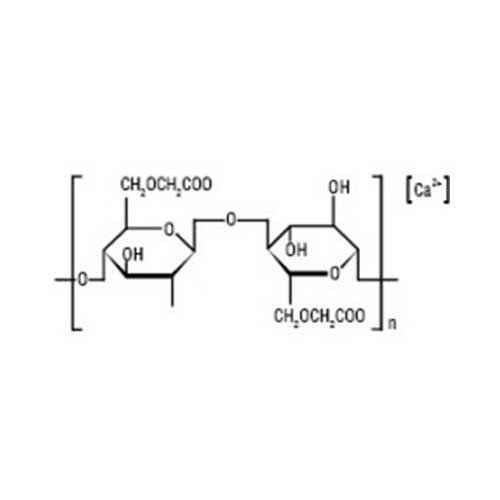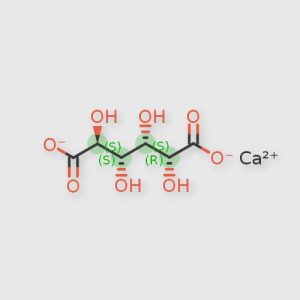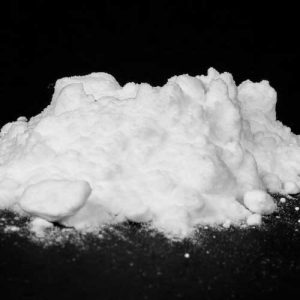- Have any questions?
- 91-22-23726950
- 91-22-23774610

Carmellose
May 7, 2019
Carmellose Sodium
May 7, 2019Carmellose Calcium
Muby Chemicals established in the year 1976, is pioneer in Manufacturing Chemicals for Oil and Gas Exploration, Hydraulic Fracturing (Fracking) and coiled tube Chemicals.Our advanced chemistry leading to an innovative and high-performance product range is coupled with effective on and off site management services.
We are manufacturer of Specialty chemicals, Pharmaceutical Excipients, Fragrance & Flavorchemicals in India, which are of IP, BP, USP, Ph. Eur., FCC or Food Grade, ACS, AR or Analytical Reagent Grade, LR or Laboratory Reagent Grade, Pure and Technical Grades of various chemicals.
Carmellose Calcium BP Grade
Ph Eur — 9050-04-8
DEFINITION
Calcium salt of a partly O-carboxymethylated cellulose.
CHARACTERS
Appearance: White or yellowish-white powder, hygroscopic after drying.
Solubility: Practically insoluble in acetone, in alcohol and in toluene. It swells with water to form a suspension.
IDENTIFICATION
A. Shake 0.1 g thoroughly with 10 ml of water. Add 2 ml of dilute sodium hydroxide solution and allow to stand for 10 min (solution A). Dilute 1 ml of solution A to 5 ml with water. To 0.05 ml add 0.5 ml of a 0.5 g/l solution of chromotropic acid, sodium salt in a 75 per cent m/m solution of sulphuric acid and heat on a water-bath for 10 min. A reddish-violet colour develops.
B. Shake 5 ml of solution A obtained in identification test A with 10 ml of acetone. A white, flocculent precipitate is produced.
C. Shake 5 ml of solution A obtained in identification test A with 1 ml of ferric chloride solution. A brown, flocculent precipitate is formed.
D. Ignite 1 g and dissolve the residue in a mixture of 5 ml of acetic acid and 10 ml of water. Filter if necessary and boil the filtrate for a few minutes. Cool and neutralise with dilute ammonia. The solution gives reaction of calcium.
TESTS
Solution S: Shake 1.0 g with 50 ml of distilled water, add 5 ml of dilute sodium hydroxide solution and dilute to 100 ml with distilled water.
Alkalinity: Shake 1.0 g thoroughly with 50 ml of carbon dioxide-free water and add 0.05 ml of phenolphthalein solution R . No red colour develops.
Chlorides: Maximum 0.36 per cent.
Sulphates: Maximum 1 per cent.
Heavy metals: Maximum 20 ppm.
Loss on drying: Maximum 10.0 per cent, determined on 1.000 g by drying in an oven at 105C for 4 h.
Sulphated ash: 10.0 per cent to 20.0 per cent, determined on 1.0 g in a platinum crucible.
For Original Monographs of IP Indian Pharmacopoeia BP British Pharmacopoeia USP US Pharmacopoeia FCC Food Grade product, please check with the respective web-pages or books.




